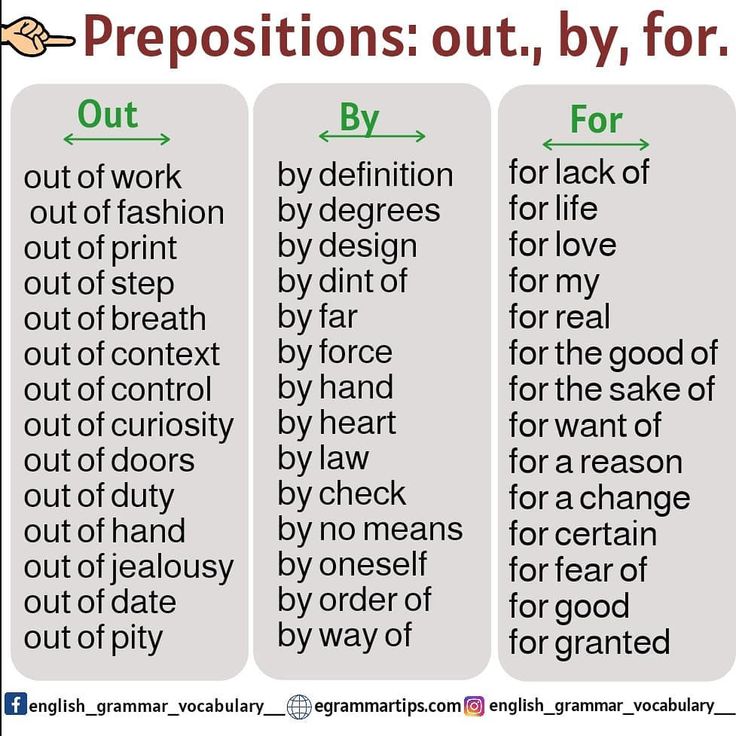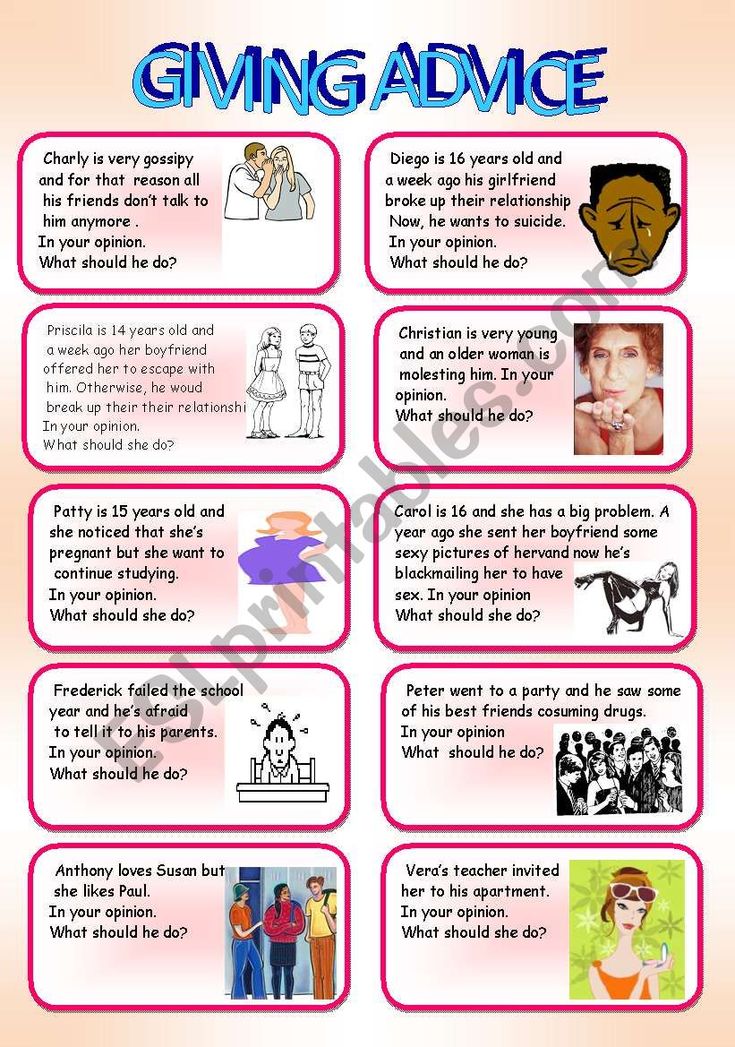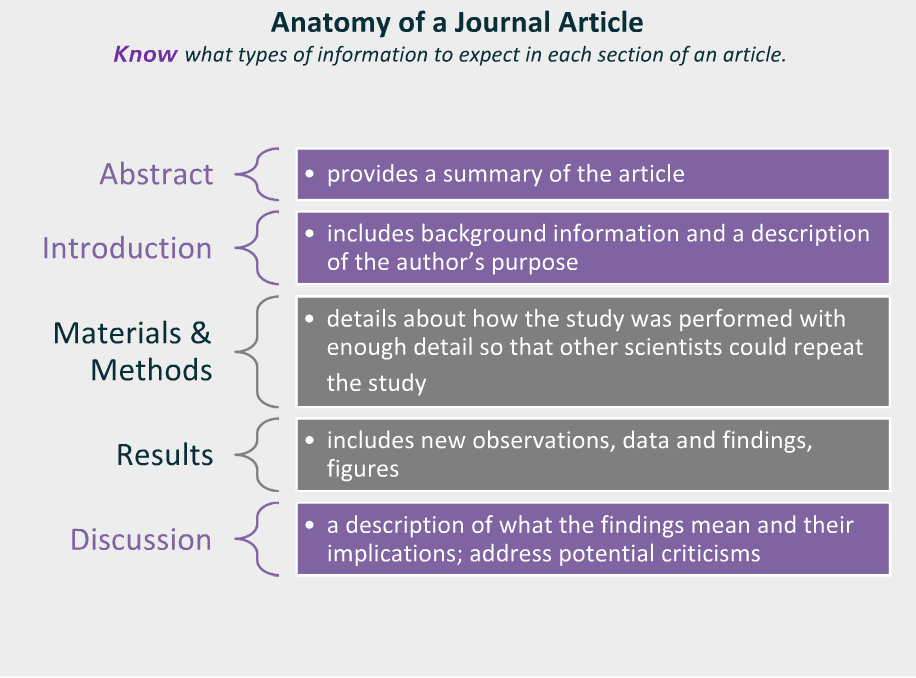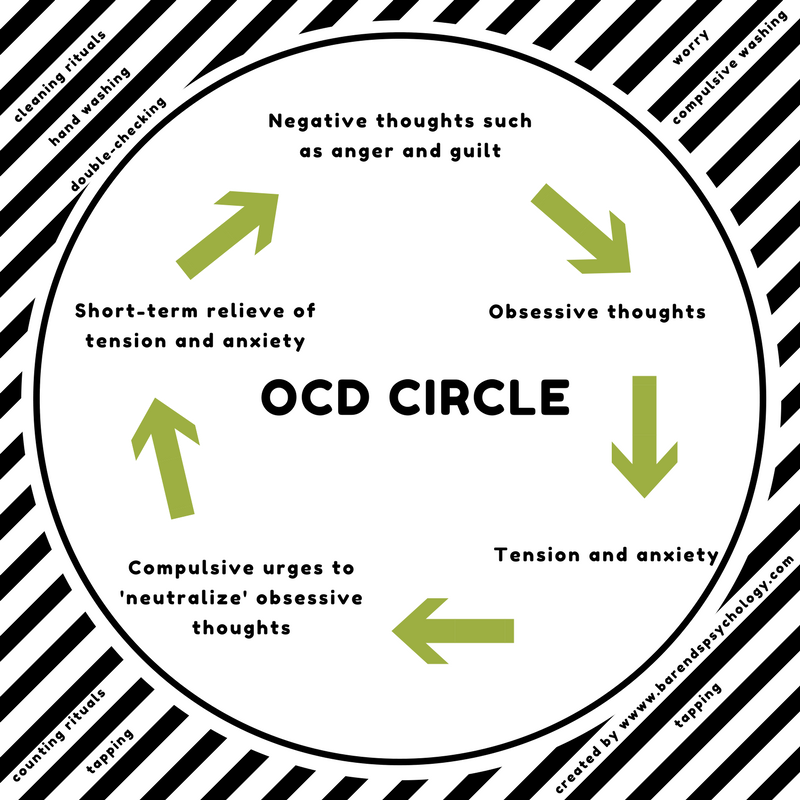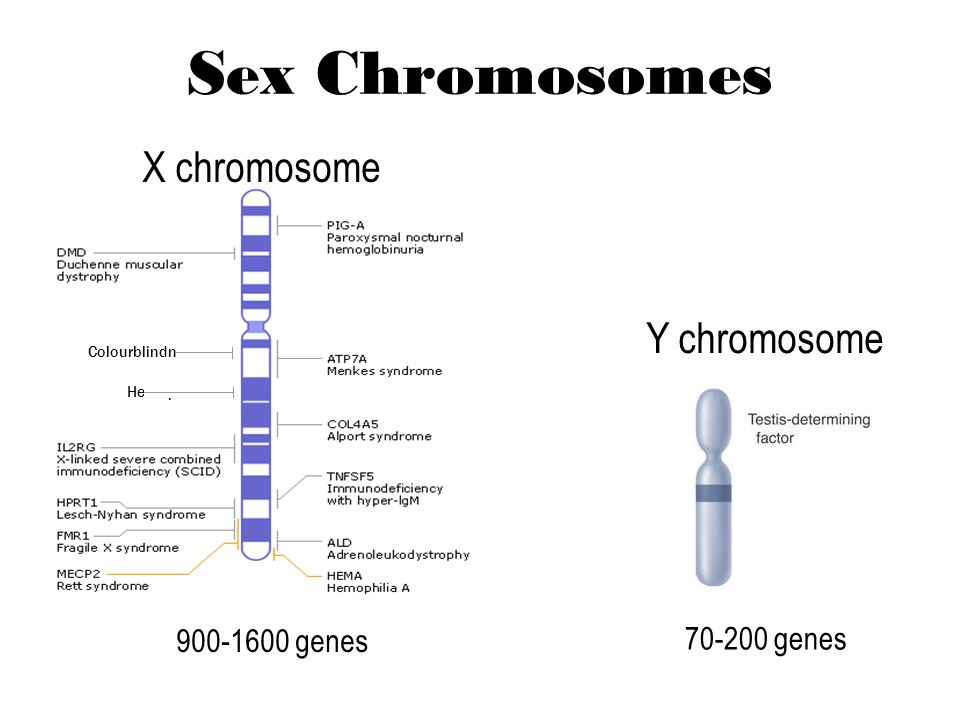How to control teenage anger
7 Anger Management Techniques for Teens
Anger is a normal emotion we all feel from time to time, but if you find yourself angry more often than not you may be interested in trying one of these anger management techniques.
Teenagers often find it difficult to control their anger due to hormonal changes, low self-esteem, or discomfort communicating their feelings. While most teenagers learn how to control their anger over time, others may continue to struggle with anger management due to underlying difficulties with anxiety, depression, and other common mental health issues.
Today, we’re exploring seven anger management techniques you may find helpful.
Anger Management Techniques
If you feel angry often and struggle to control your feelings, you may find these anger management techniques helpful.
Take a look and try using one technique next time you become angry. If the technique helps you remain calm and maintain control of the anger you felt, consider keeping it in mind as a tool you can use whenever you get angry.
If, however, it doesn’t help, simply pick another technique and try it out. You don’t need to use all of these anger management techniques, you just need the one that works for you. There’s no right or wrong formula to managing anger, so find what works for you and stick with it.
Let’s take a look …
1. Analyze Your Anger
Angry feelings can crop up even when you’re not actually angry at a specific person or situation. For example, you have probably heard the term “hangry,” used to describe that antsy, irritable feeling you might get when you are very hungry. Anxiety, sadness, tiredness, and fear can all sometimes feel like anger even though they’re really separate emotions. In addition, there are all types of anger, from mild annoyance all the way up to shaking fury.
When you notice that you’re getting angry, take a couple of minutes to figure out what you’re really feeling. Have you eaten lately? Did you get a good night’s sleep last night? Are you worried about an upcoming test? Did you recently break up with your boyfriend or girlfriend? If you are feeling angry, is the situation something that is just irritating to you, or are you filled with rage? Identifying what you are actually feeling can help you know what to do to help yourself.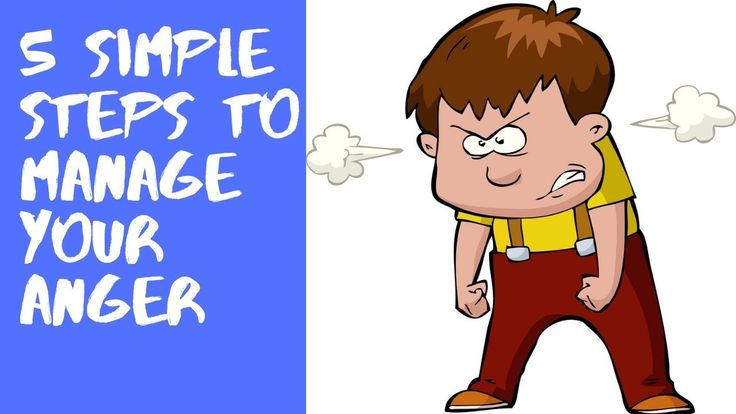
2. Express Your Feelings Using the Right Words
It’s important to learn how to advocate for yourself and for your feelings by using words that are assertive without being rude or aggressive. Rather than saying to someone, “you always…” or “you never…” start with how you feel. For example, saying to your parent, “You are always running late when it’s time to drive me somewhere!” is likely to put them on the defensive. Instead, try saying something like, “I feel anxious when we’re running late because I will get in trouble if I’m not at work on time.” This is more likely to result in cooperative problem-solving rather than an argument.
Expressing your feelings isn’t easy. Sometimes the words just don’t come to us. Other times, we say things we don’t really mean. Still, you can develop the ability to express your feelings with practice. If you have a hard time finding the words when you’re in the moment, you can try writing your thoughts down first or talking to yourself beforehand. This technique can be practiced on paper, with a friend, or out loud in private, which is why it’s one of the most powerful anger management techniques on this list.
This technique can be practiced on paper, with a friend, or out loud in private, which is why it’s one of the most powerful anger management techniques on this list.
3. Practice Relaxation Techniques
If your anger is making you clench your fists, grind your teeth, and tense your muscles, you should find a way to physically relax. When you relax your body, you’ll be more in control of your emotions. There are several ways you might do this. One practice that you can do anytime and in any place is meditation. You don’t need to spend an hour with your eyes closed to meditate; once you learn how to do it, you’ll find that you can just take a minute to breathe deeply and focus on letting go of your angry feelings.
Yoga, progressive muscle relaxation, and guided imagery are more ways that you can learn how to relax your body and focus your thoughts.
4. Get Physical Exercise
Why is exercise included in this list of anger management techniques?
Have you ever noticed how relaxed and emotionally calm you feel after a good workout? Exercise releases endorphins, which are feel-good hormones. When you exercise every day, it will make you physically and mentally healthier. You’ll find that your moods stay more even, you sleep better, and your anxiety levels go down. All of this can reduce anger and irritability. If you are in the middle of a situation that is making you angry, going for a quick run can help diffuse some of those feelings as well as give you some time to think about the situation and decide what your next action should be.
When you exercise every day, it will make you physically and mentally healthier. You’ll find that your moods stay more even, you sleep better, and your anxiety levels go down. All of this can reduce anger and irritability. If you are in the middle of a situation that is making you angry, going for a quick run can help diffuse some of those feelings as well as give you some time to think about the situation and decide what your next action should be.
5. Keep a Journal
Writing down your feelings can help you look back and identify patterns over time. Jot down the date and time of when you’re feeling angry. Include what’s happening and how you feel. After a few weeks, look back and see if there are any times or situations that are triggering your anger. If you are very irritable early in the morning, it could be that you’re not getting enough sleep or that you need a more pleasant wake-up routine. If you’re always mad after math class, it could be that the class is stressful for you; look for ways to make it less so (e.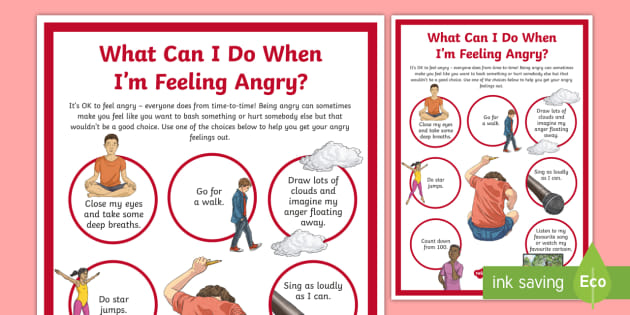 g. a math tutor, switching into a different math class, or simply using your relaxation techniques during or after the class).
g. a math tutor, switching into a different math class, or simply using your relaxation techniques during or after the class).
As one of the most commonly used anger management techniques, we encourage you to jot down your thoughts and feelings regularly.
6. Listen to Music
You probably have favorite music that helps you relax or that gets you motivated to work out or put some time into a hard study session. Look for music that helps you feel better when you are angry, too. It could be hard rock, country music, or even some relaxing classical music. Experiment to see what makes you feel better and create a playlist or two for those times when you’re feeling annoyed or irritated. Distracting yourself with music can help you focus on something other than whatever is making you mad.
7. Know When to Get Help
There are sometimes when anger isn’t normal or healthy. If you are angry more often than you’re not angry, you could be struggling with an anger problem. Also, if you are acting aggressively or violently, this is an indication that you might need professional help to manage your anger better. There’s no shame in reaching out for help; managing anger is something that adults need to work on, too. It’s better to get a handle on it now before you reach adulthood.
Also, if you are acting aggressively or violently, this is an indication that you might need professional help to manage your anger better. There’s no shame in reaching out for help; managing anger is something that adults need to work on, too. It’s better to get a handle on it now before you reach adulthood.
Anger has the potential to negatively affect your job and your adult relationships, so the skills that you learn now can have a lifetime impact. If you need help controlling your anger, talk to your parents, a coach, or another trusted adult. Your physician can also refer you to a mental health specialist who can help you get to the bottom of what’s causing your anger and teach you strategies to control it so it does not end up controlling you.
We hope you found these anger management techniques helpful. Let us know which technique you’re most interested in trying.
5 Most Important Anger Management Techniques for Teens
Reading Time: 7 minutes
Anger comes with a rush of energy that feels unstoppable.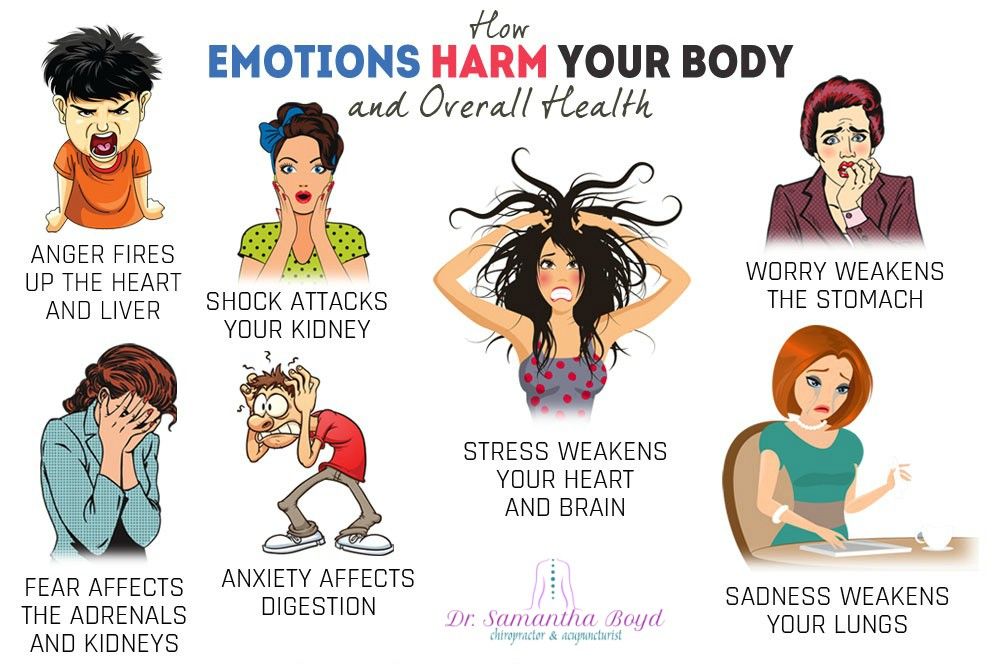 Doors slam, fists fly, insults wound. Giving in to the sudden surge of adrenaline that accompanies anger may feel irresistible in the moment, but an angry explosion usually makes a problem worse, not better. Anger management techniques for teens can help them learn to express their anger in a way that serves them rather than hurting them.
Doors slam, fists fly, insults wound. Giving in to the sudden surge of adrenaline that accompanies anger may feel irresistible in the moment, but an angry explosion usually makes a problem worse, not better. Anger management techniques for teens can help them learn to express their anger in a way that serves them rather than hurting them.
Anger is not necessarily a problem in itself. Rather, it can be a valuable source of information that helps us understand who we are, what we like and need, and what’s missing in our lives. However, because anger is uncomfortable to feel and uncomfortable to be around, it is commonly misunderstood and mishandled—and not just by teens. Many adults have learned to suppress or avoid anger (their own or other people’s) without responding constructively to it. As a result, parents don’t always know how to teach healthy anger management skills for teens.
Why Teens Need Anger Management Techniques
Teen anger issues arise for a variety of developmental reasons. For one, the physical, mental, and social changes that come with adolescence are challenging. Teens have newly pressing emotional needs—to feel accepted and competent, for example. At the same time, they feel a growing urge for independence, which often leads to greater tension with parents. Common triggers for teen anger include feeling disrespected, inadequate, or misunderstood by parents.
For one, the physical, mental, and social changes that come with adolescence are challenging. Teens have newly pressing emotional needs—to feel accepted and competent, for example. At the same time, they feel a growing urge for independence, which often leads to greater tension with parents. Common triggers for teen anger include feeling disrespected, inadequate, or misunderstood by parents.
But not all anger is a natural part of growing up. Anger can often be a secondary emotion that masks other painful emotions, such as grief, shame, or guilt. When teens are being bullied or excluded by a friend group, for example, they may be too ashamed to share what they’re going through. If they’ve suffered trauma or grief, they may not be ready to deal with the sadness and pain of facing it directly. So the feelings come out as anger instead. Anger can also indicate underlying substance abuse, loneliness, depression, or suicidal behavior.
Because anger can mask distress or a mental health issue, it’s essential for parents, therapists, or other mentors to help teens get at the root of their anger.
“Anger is a reaction to emotions and thoughts within ourselves.”
Bernard Golden, author of Healthy Anger
3 Ways Teens Deal with Anger
Teens (and people in general) typically have three ways of expressing anger: outward aggression, inward aggression, or passive aggression. When we think of problematic teen anger, it’s usually as an eruption of outward aggression. This is the kind of anger that parents find bewildering and difficult to handle. With peers, it can manifest as physical violence; with teachers and coaches, it can look like belligerence and resisting direction. This form of anger is more common among teen boys.
Teen anger can also be directed inward, or “stuffed.” Stuffing anger can increase guilt, shame, and self-criticism. This, in turn, can lead to behaviors such as disordered eating and self-harm. More typical of teen girls, inward-directed anger can result in smiling depression, a form of depression in which teens appear to be doing well, and even excelling socially and academically, while suffering inside.
Or teens can express anger through passive aggression, also more typical of girls. This might look like making snide comments to parents or exhibiting mean girl behaviors within their friend group.
The Anger Cycle in Slow Motion
Whatever the root cause of teen anger or their way of expressing it, anger management techniques for teens begin with an awareness of the anger cycle. Although anger seems to happen in a sudden “whoosh” from trigger to reaction, it actually has discrete stages. Recognizing and decoding the anger cycle through anger management techniques for teens is key for all three types of unhealthy anger habits.
Anger is associated with the “fight or flight” response. This near-instantaneous sequence of hormonal and physiological effects prepares the body to react quickly to threatening situations. The heart starts pounding, the muscles tense up, the senses sharpen, and the breath quickens. And the reflective, rational part of our brain (the prefrontal cortex) disengages in favor of the emotional, survival-oriented amygdala.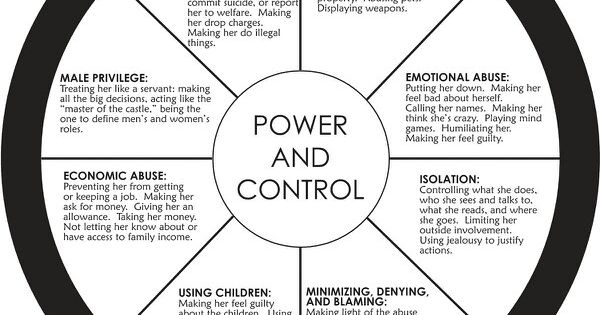 This is particularly noticeable in teenage brains, which have yet to fully develop.
This is particularly noticeable in teenage brains, which have yet to fully develop.
Stages of Anger
It can be difficult to identify the stages of anger as they occur because they happen so quickly. But any angry eruption (or the avoidance of anger via shutdown) can be broken down into the following components:
- Triggering event, an event or situation that prompts a series of…
- Negative thoughts, beliefs, or interpretations about the event, often irrational, that produce a rush of…
- Negative emotions linked with those beliefs or interpretations, whether or not they are true, which are reflected in…
- Physical symptoms of those emotions, such as racing heartbeat, clenched fists, or flushed cheeks, which can lead to…
- Behavioral reactions, such as fighting, criticizing, or shutting down, based on the sequence of thoughts, feelings, and physical sensations rather than the event itself.
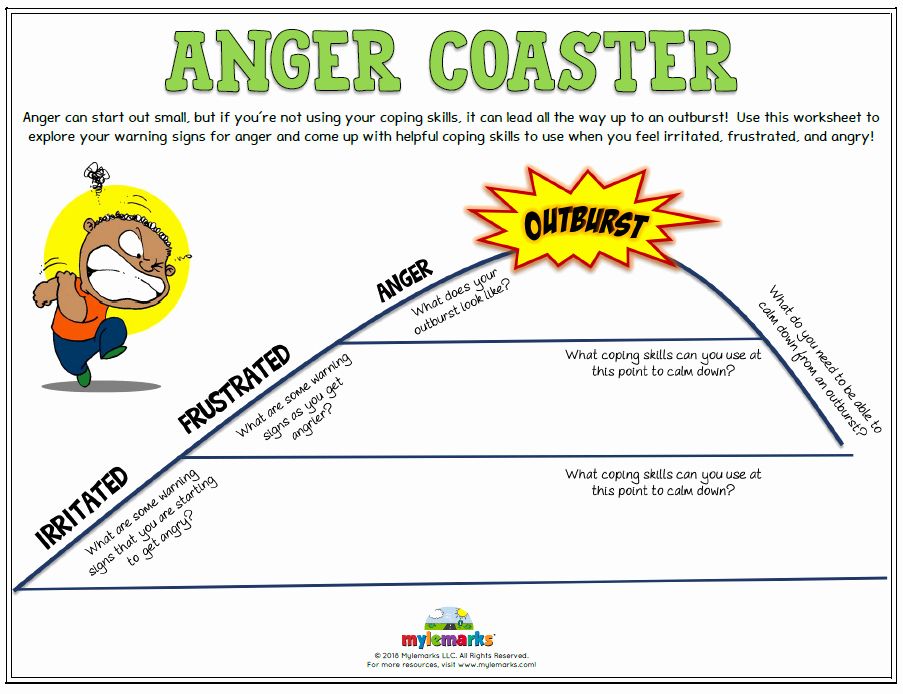 An aggressive behavioral reaction can become a…
An aggressive behavioral reaction can become a… - Triggering event for someone else, continuing the cycle.
The goal of anger management techniques for teens is to slow the process down so they can choose how to respond to a triggering event, rather than reacting automatically. Recognizing the stages of the anger cycle allows a teen to understand how their anger may be related their past experiences or current unmet needs.
With practice, teens can learn to reflect on episodes of anger from a calmer perspective. Hence, they can learn to pause before the behavior stage and choose a way to respond that will serve them better. Anger management skills for teens support them to examine their thoughts, feelings, and sensations. The goal is to gain greater insight into the significance of their anger. Ultimately, this self-understanding will help them more effectively address the true cause of the emotion.
How Can Teens Control Their Anger? 5 Anger Management Techniques
The way a teen deals with anger depends on a variety of factors, including biology, temperament, and life experiences.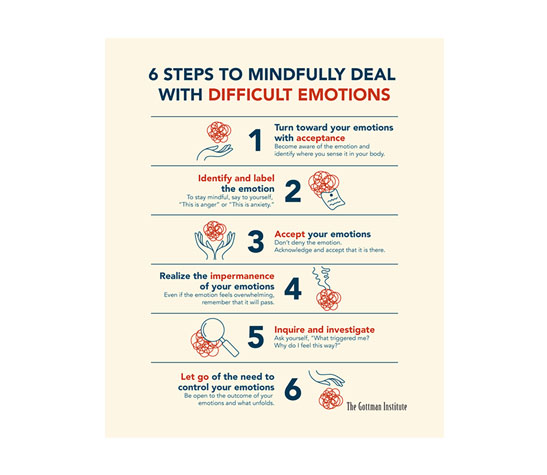 These factors influence how quickly someone responds to anger, what situations trigger that anger, and how well someone tolerates anger in themselves and others. Over time, these patterned responses become habits. However, these habits can be reshaped through awareness and practice.
These factors influence how quickly someone responds to anger, what situations trigger that anger, and how well someone tolerates anger in themselves and others. Over time, these patterned responses become habits. However, these habits can be reshaped through awareness and practice.
Parents, mentors, and therapists can support young people by helping them practice the following anger management techniques for teens:
Self-Soothing
The first task of anger management is to learn how to soothe oneself. The insight that can be gained from anger is literally not available when someone is swept up in an eruption of anger. The fight-or-flight response disengages the rational thinking of the prefrontal cortex. Various relaxation techniques counteract the whoosh of fight-or-flight energy:
- A playlist of a teen’s favorite music—one of the most accessible approaches, which is likely already close at hand
- Observing the breath: Inhaling to a count of four and exhaling to a count of six immediately calms the nervous system, no practice needed.
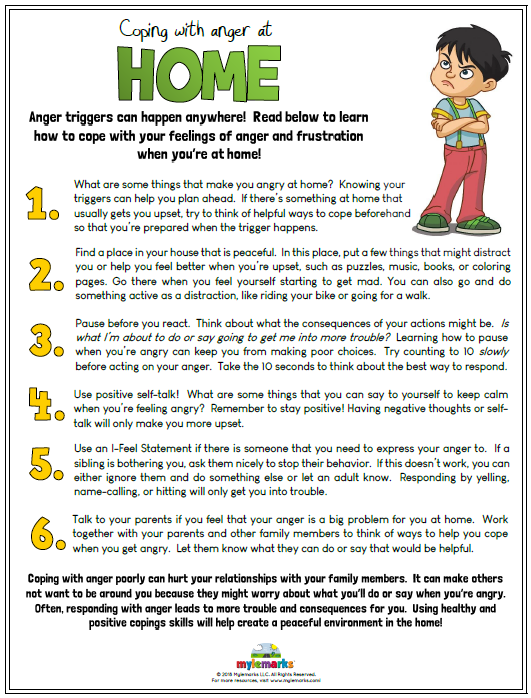
- A progressive relaxation series: Lie down with eyes closed, and tense, then relax, the muscles throughout the body, starting at the feet and moving up to the head. This is also easy for beginners, especially when guided by an adult.
- A yoga or meditation class—this takes a bit more commitment, but the effects can be far-reaching.
- Guided visualizations also help soothe a teen’s nervous system.
- Practicing self-compassion—when a teen can offer kindness and compassion to themselves, anger is more easily defused
- Spending time with pets.
Self-Awareness
Once a teen has cooled down, they can begin the process of reflection, ideally with the help of an empathetic adult. The objective is to be able to identify the different stages of the anger cycle:
- What was the trigger for their anger?
- How did what happened differ from their expectations?
- What thoughts and beliefs did the situation bring up?
- What emotions were stirred up? (A list of feeling words may be helpful.
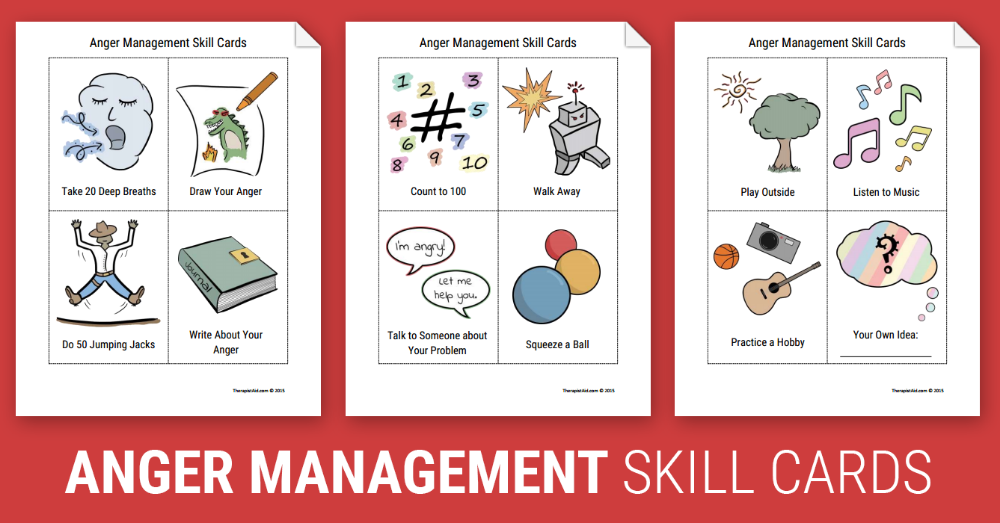 )
) - What physical sensations did they notice?
- How did they react to those thoughts, feelings, and sensations with their behavior?
Once teens are able to step back and witness the process, they can make more conscious choices about how they express their anger. Awareness puts the brakes on physiological dysregulation. Keeping an anger log is one way a teen can start to notice common triggers and patterns of reaction. Eventually, they may be able to anticipate challenging situations and take steps to avoid their habitual response.
Rethinking the Situation
Once a teen has learned to recognize the stages of the anger cycle, they are ready to imagine alternative possibilities at each stage. This process might include:
- Imagining the triggering event from another person’s perspective
- Challenging the accuracy of their own thoughts and beliefs
- Thinking of alternate ways to discharge the energy of their anger (going for a run, for example, or slugging punching bags at the gym)
- Visualizing how the anger cycle could unfold differently if their thoughts about it were different
- Rehearsing different scenarios for ways to resolve the situation in a way that honors the needs and desires of everyone involved, including their own.
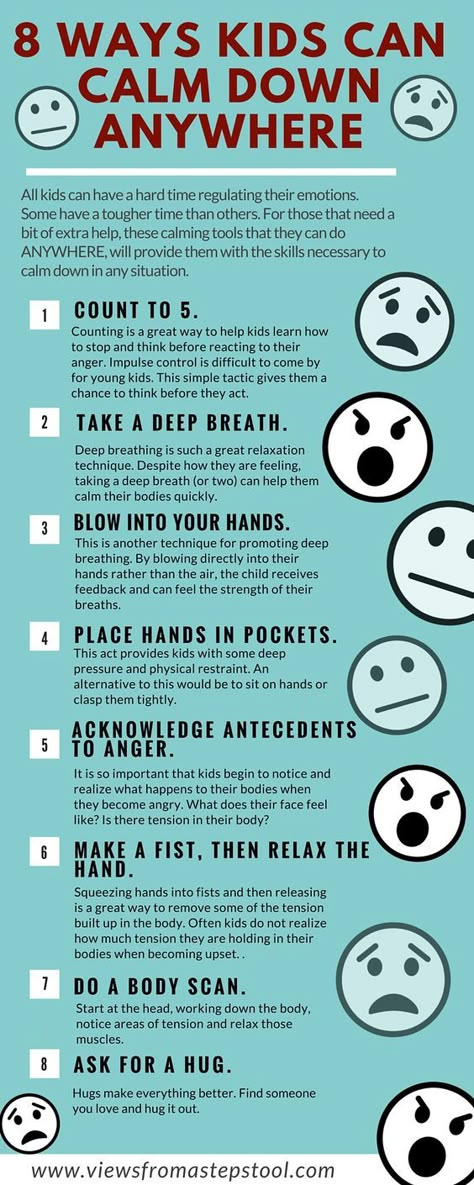
Healthy Self-Expression
When thoughtfully investigated, anger helps us understand who we are, what we like and need, and what’s missing in our lives. Anger as a subject of creative expression can even bring people together, instead of causing conflict. Self-expression is a powerful anger management technique for teens. Forms of healthy expression include:
- Journaling
- Poetry
- Songwriting
- Visual art
- Talking with a trusted friend or family member.
Building Resilience
It’s far easier to stay emotionally balanced when basic physical and social needs are satisfied. Self-care builds resilience for navigating the anger cycle. These approaches aren’t specifically about how teens can control their anger, but they create a stable foundation for more effectively managing emotions.
- Getting enough sleep (teens need 8-10 hours a night)
- Good nutrition, proven to impact mental health
- Physical activity to let off steam and improve well-being
- Positive connections: making time for friendships, relationships with mentors, and volunteering.

When Anger Management Techniques for Teens Aren’t Enough
Teaching a teen how to control their anger is important. But it’s just one part of a bigger process that also involves helpings teens access the reasons for their anger and heal underlying causes. In order to take those next steps, families may need the support of a mental health professional or a treatment program.
At Newport Academy, we help young people and families rebuild harmony after teen anger has pushed them apart. In addition, we support adolescents to uncover and address trauma, grief, lack of self-esteem, and other issues that may be catalyzing their anger. Contact us today to find out about our tailored treatment plans for adolescents, and our residential and outpatient locations nationwide.
Key Takeaways
- Anger can be a valuable source of information that helps us understand who we are, what we like and need, and what’s missing in our lives.
- Teen anger is often a secondary emotion that masks other painful emotions, such as shame or guilt.
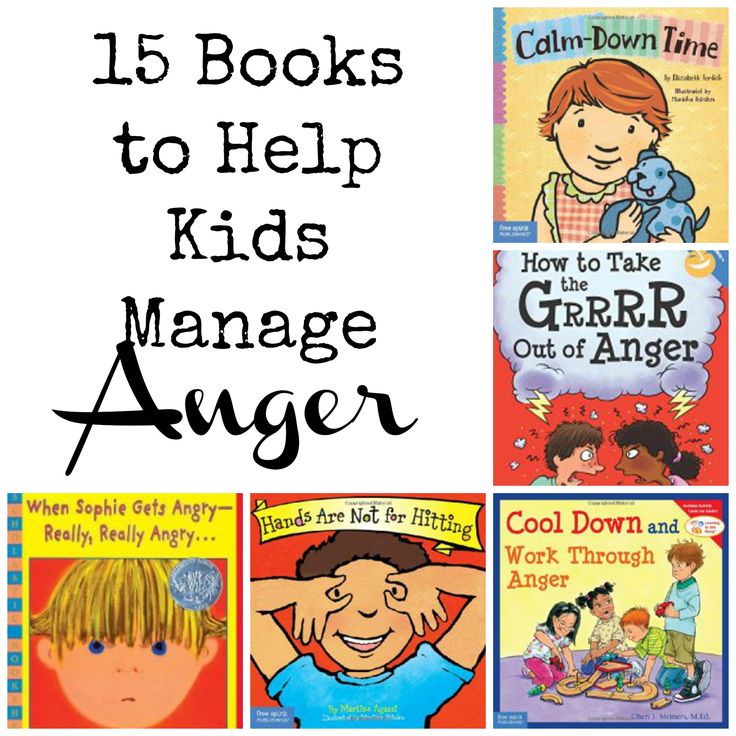 If not addressed, these emotions can develop into anxiety, depression, or suicidal behavior.
If not addressed, these emotions can develop into anxiety, depression, or suicidal behavior. - Any angry eruption (or the avoidance of anger via shutdown) can be broken down into a sequence of stages known as the anger cycle.
- Teens typically express anger in one of three ways: outwardly in aggressive eruptions, directed inward at themselves, or through passive-aggressive behaviors.
- The goal of anger management techniques for teens is to help them interrupt the anger cycle and learn to express their anger in a way that serves them, instead of hurting them.
Frequently Asked Questions About Teen Anger Management Techniques
Sources
Complement Ther Med. 2021 Sep; 61: 102772.
J Youth Adolescence. 2020; 49: 119–135.
Curr Opin Psychol. 2018 Feb; 19: 65–74.
J Adolesc. 2015 Jul; 42: 148–58.
How to deal with anger: tips for teenagers
Psychology
How to deal with anger: tips for teens
June 18, 2022 13 029 views
Ekaterina Ushakhina
How do you feel when you are angry? Like a fire burning inside, or like a scream rushing out to be heard? We all get angry from time to time.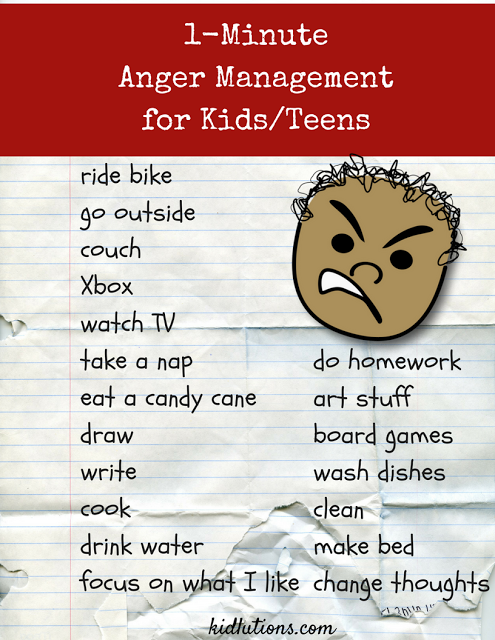 And it is very important how we behave at this moment. Authors of the book "Breathe. How to become calmer” gives advice on how to deal with anger in an environmentally friendly way without harming yourself and others. nine0003
And it is very important how we behave at this moment. Authors of the book "Breathe. How to become calmer” gives advice on how to deal with anger in an environmentally friendly way without harming yourself and others. nine0003
Share these passages with teenagers.
It's okay!
Running on the ceiling, exploding, breaking loose - there are many more ways to describe the state when a person loses his temper. Anger is a perfectly normal emotion: it highlights problems that need to be dealt with. But sometimes, by our behavior, we can hurt others.
It is not easy to take back what was said in rage, no matter how much we repent later.
What to do when anger builds up inside
First of all, don't forget that your feelings are very important. It can really feel unfair to you when your parents tell you off, the teacher delays you after school, or your friends ignore you. And sometimes anger becomes a mask that hides resentment, fear or grief.
Try to understand the real reason why you are angry.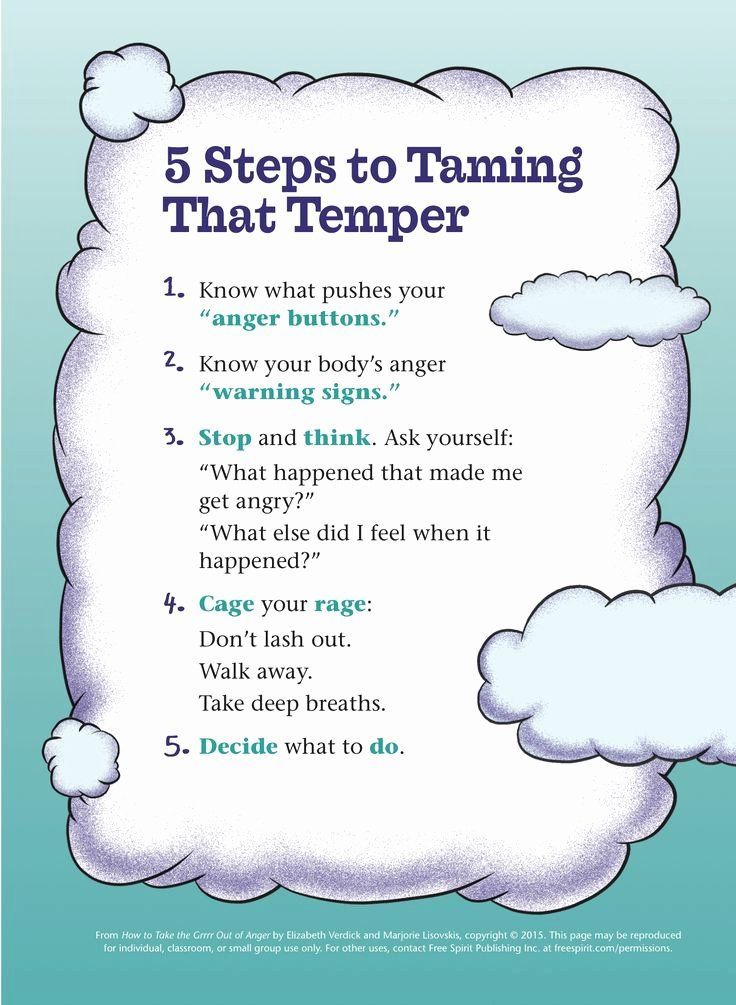 Maybe you thought you weren't being listened to? Or are you worried that you are not living up to someone's expectations? Or do your loved ones not support you?
Maybe you thought you weren't being listened to? Or are you worried that you are not living up to someone's expectations? Or do your loved ones not support you?
The simplest things, like what you eat and whether you get enough sleep, affect your ability to control your emotions. nine0003
For example, if we drink a lot of sugary drinks and eat a lot of sweets, they cause our blood sugar levels to spike, followed by a similar crash, and we become more irritable. Lack of sleep also negatively affects emotions.
Breathe. How to become calmer
When you are angry with a particular person, postpone the conversation with him. Under the influence of anger, your fair remarks can turn into words and phrases that you did not mean at all. nine0003
Source
5 Ways to Conquer Anger
Anger keeps us from thinking healthy and interacting with people normally. When you're on edge, try following these tips. They will help you understand what exactly you are angry about right now.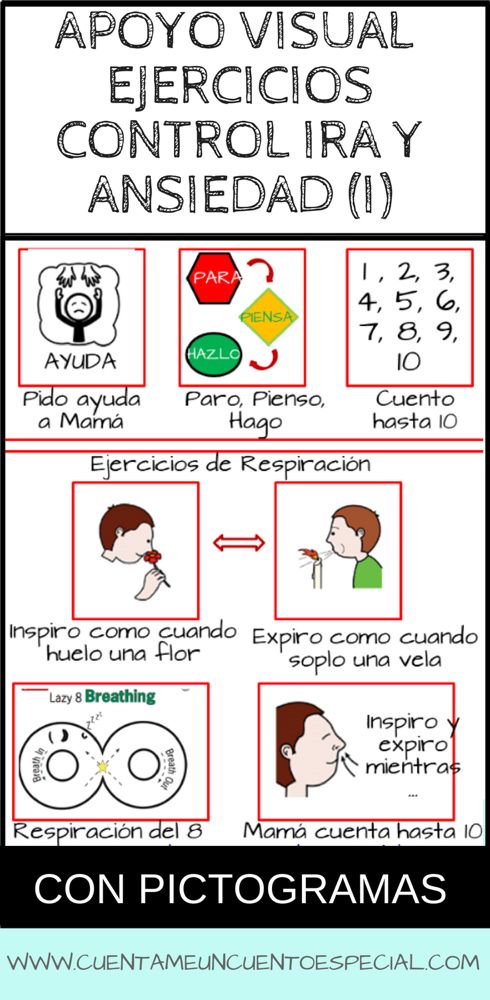
1. Identify signs of anger and count to ten
Increased heart rate and rapid breathing are sure signs that you are about to explode. But there are others: tension in the shoulders and the desire to clench fists. When you realize that you are already on the verge, take a few slow deep breaths and count to ten. This will give you a chance to think before acting out of anger. nine0003
2. Discuss the situation with someone you trust
Do you have friends or relatives who can listen. Talk to them - this will help to let go of anger. If anger is making your life difficult, it's worth talking to a school psychologist. He can teach you how to deal with unpleasant emotions.
Source
3. Go in for sports
Anger can manifest as tightness in the chest or throat. Physical activity will ease the tension and get rid of this feeling. Movement is a great way to get rid of accumulated emotions, so go for a walk or practice yoga.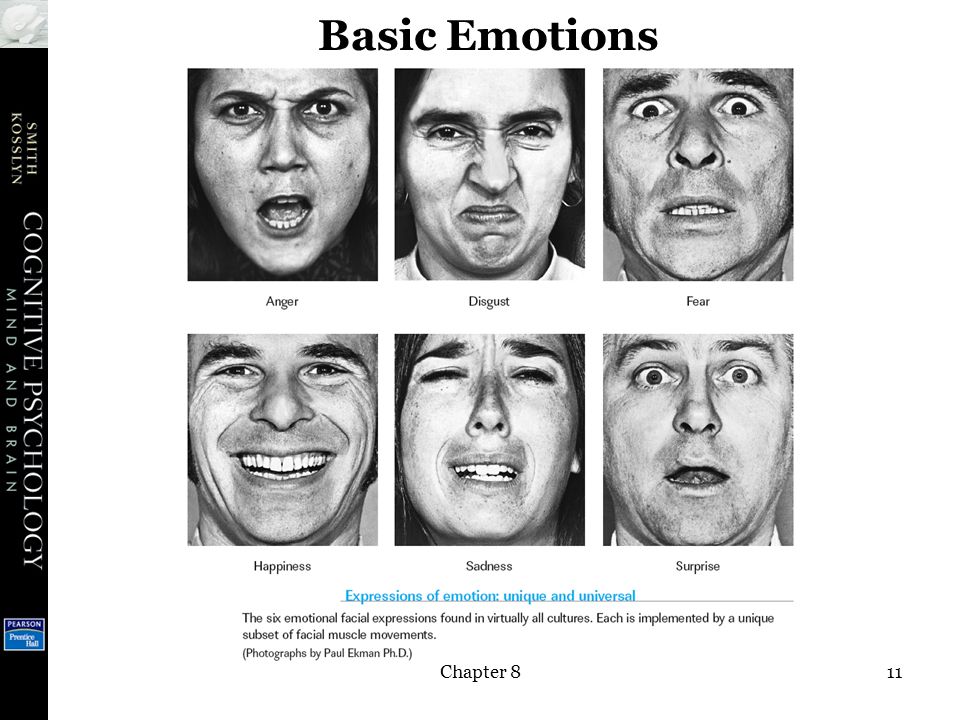 nine0003
nine0003
4. Practice mindfulness
This practice teaches you to calmly observe your thoughts without being influenced by them. If you practice mindfulness regularly, you can learn to avoid anger and maintain balance when feelings are boiling over.
Exercise. Belly breathing
Find a secluded place where no one will disturb you for at least ten minutes. Sit comfortably on the floor. Place your palms on your lower abdomen, but do not press on it. Close your eyes and start breathing slowly and deeply, inhaling through your nose and exhaling through your mouth. Feel your belly rise and fall with each inhalation and exhalation. nine0003
If you focus on this process, then pretty soon all extraneous noise will die down in your head (but it takes a lot of practice to remove it completely). Turning down the volume of your thoughts, focus on the sensations. Start focusing on different parts of the body in turn: feel the floor under your feet and the clothes on your skin.
Notice how your breath sounds. Relax your shoulders, then your arms, then your hands. Feel your stomach rise and fall. When you understand that the time has come, slowly and calmly open your eyes. nine0003
Illustration from the book “Breathe. How to become calmer”
5. Do something nice or creative
What makes you happy? Meetings with friends? Dancing? Painting? Or watching movies? If you do what you love, your mood will rise. And the feeling of anger will be released. Do not doubt.
Based on the materials of the book “Breathe. How to be calmer.
Article cover: pexels.com
Anger Management Tips for Teens - Child Development
Adolescence is one of the most difficult periods in a person's life. The body changes a lot during adolescence, you experience feelings that you cannot explain. One of these feelings is anger, and it can drive you out of control.
According to psychologists, when teenagers' feelings of anger get out of hand, it can lead to destructive behavior. This, in turn, leads to problems at school, in relationships with others and, in general, negatively affects the lives of adolescents. Those of them who cannot cope with feelings of anger are prone to manifestations of verbal and physical aggression. nine0003
This, in turn, leads to problems at school, in relationships with others and, in general, negatively affects the lives of adolescents. Those of them who cannot cope with feelings of anger are prone to manifestations of verbal and physical aggression. nine0003
Fortunately, anger can be managed. There are certain techniques by which teenagers can learn to recognize feelings of anger and control it. To learn how to manage anger, it is important for a teenager to acknowledge his feelings and not blame other people or circumstances for their occurrence.
Let's look at a few tips to help you deal with feelings of anger.
Learn how to properly express anger
The key to all emotions is knowing how to express them. It will take you some time to understand your emotions, because emotions are constantly changing and hurting. When you express your emotions (laugh when you are happy or cry when you are sad), you become happier. Anger is a little more difficult, but there are ways to express it without losing self-control.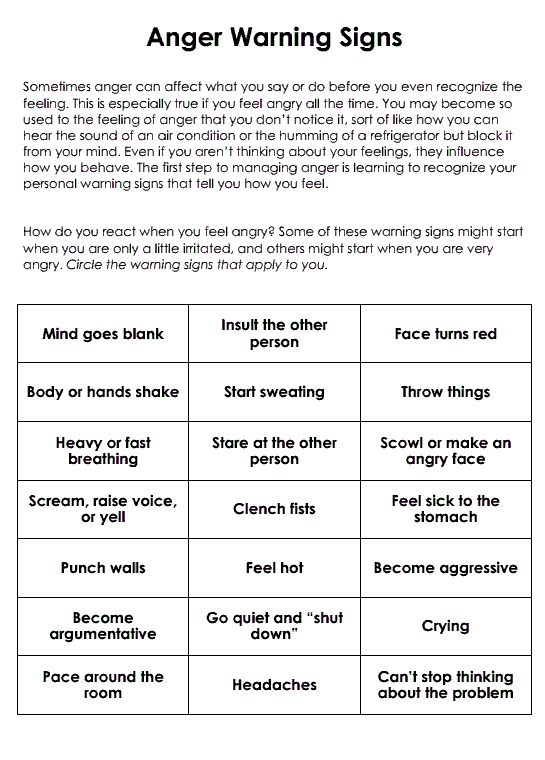 nine0003
nine0003
The worst thing you can do in moments of anger is break things or throw them around the room. After all, they may still be useful to you or whoever owns them.
Some people prefer to smash a pillow or throw it against a wall to vent their anger. This method is quite safe - it will not harm the pillow, the wall, or you.
Use techniques to help deal with anger
Sometimes it happens that there is no way to express your emotions. However, the need to vent your anger remains. The best way to do this is to learn self-control techniques. This may take some time, but these techniques really work. nine0003
Begin with deep breathing. Anger causes the release of adrenaline into the bloodstream, and through deep breathing, you can relax and reduce its concentration. If you find it difficult to breathe deeply, just slowly count to ten.
Self-control is needed not only in adolescence. You will need it throughout your life. Self-control is needed, even if you don't realize it.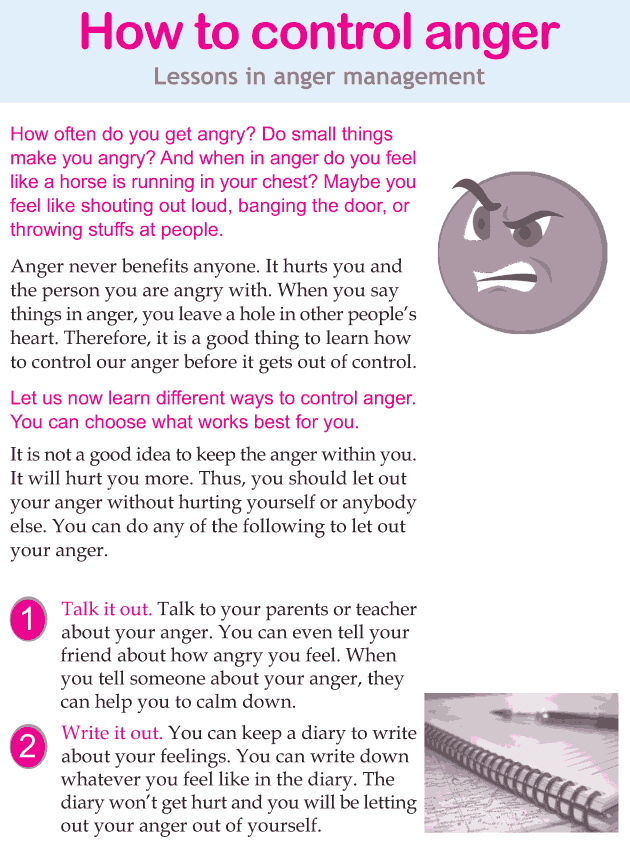 By controlling yourself, you will not offend your mother by criticizing the dinner she cooked, or a friend who was carried away by a new direction in music. The difficulty is that when your hormones change and new emotions appear, it becomes more difficult for you to control yourself. And in order to learn it again, you should make an effort. nine0003
By controlling yourself, you will not offend your mother by criticizing the dinner she cooked, or a friend who was carried away by a new direction in music. The difficulty is that when your hormones change and new emotions appear, it becomes more difficult for you to control yourself. And in order to learn it again, you should make an effort. nine0003
Learn to understand your feelings
When you try to control your emotions, you need to learn more about the feeling of anger, learn to recognize it. Learn to catch your anger before it becomes so strong that it becomes impossible to control it.
The first step in anger management is to know exactly how you feel at the moment. You may think that your feelings are something wrong or unfair. But it is important to accept your feelings and try to understand what caused them. When you know what caused your anger, you can deal with it. nine0003
Before you try to intervene in a situation that has made you angry, think of other ways to deal with it.
